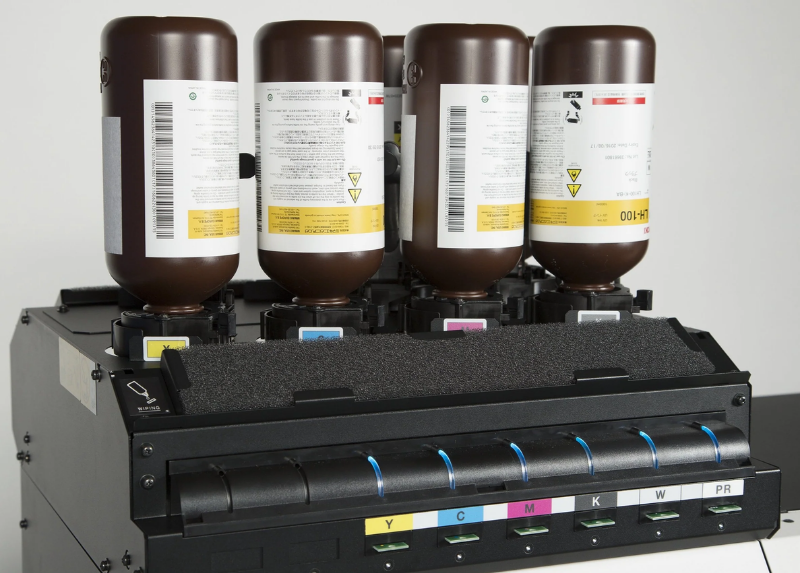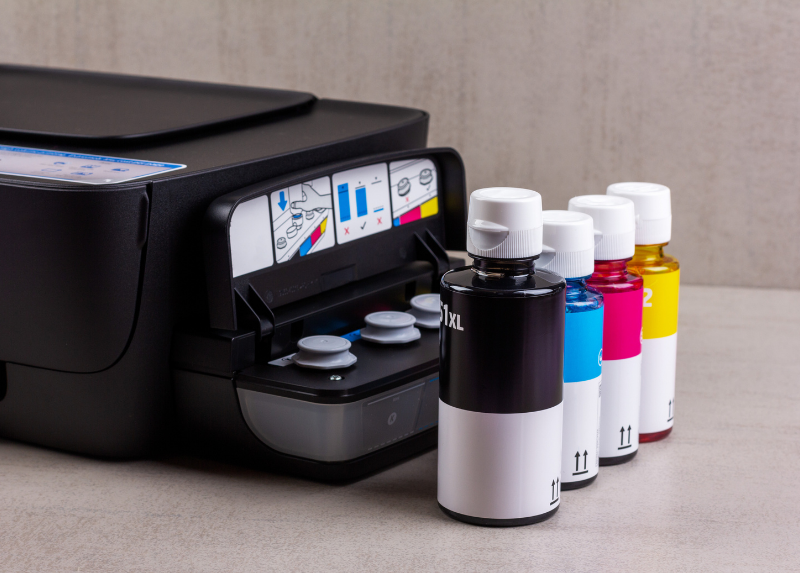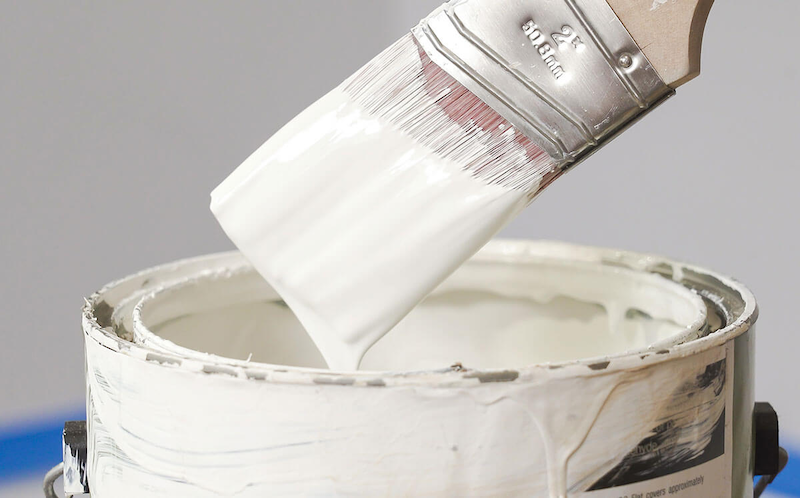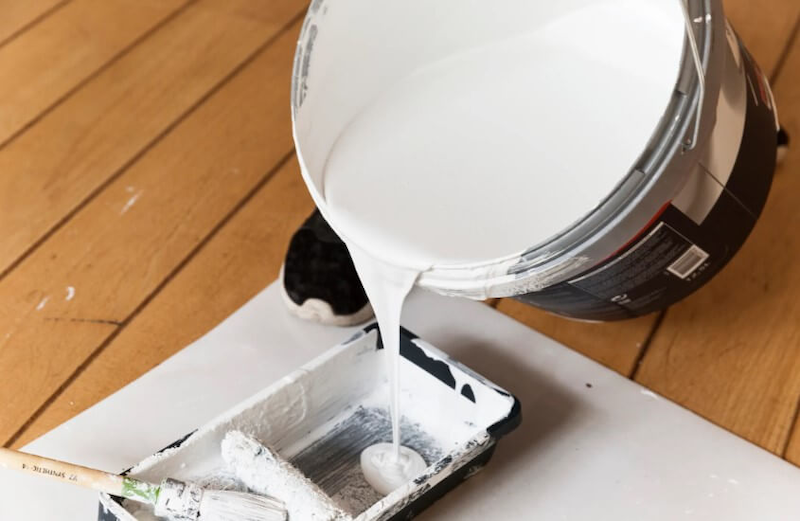What is PA ink solvent? TOP 6 common types and proper storage considerations
20/06/2025
|
Industry news
In the packaging printing industry, Nylon PA film is widely used due to its high durability and excellent barrier properties. However, for ink to adhere well and sharply on this smooth, glossy surface, selecting the appropriate PA ink solvent is a crucial factor. This article will help you understand the role, common types of Nylon PA ink solvents, and important considerations for their use and storage to ensure optimal effectiveness.
What is Ink Solvent for PA Film?
Ink solvent for PA (Polyamide) film refers to chemical compounds used to adjust viscosity, enhance adhesion, and improve the printing quality of ink on the surface of Nylon PA film. Nylon PA is a type of plastic known for its high mechanical strength, smooth surface, and good barrier properties. Therefore, it requires a suitable solvent to ensure the ink adheres well, doesn’t smudge, and produces sharp prints. The solvent helps to dissolve the components in the ink, control the drying speed, and ensure compatibility with the printing material like Nylon PA.
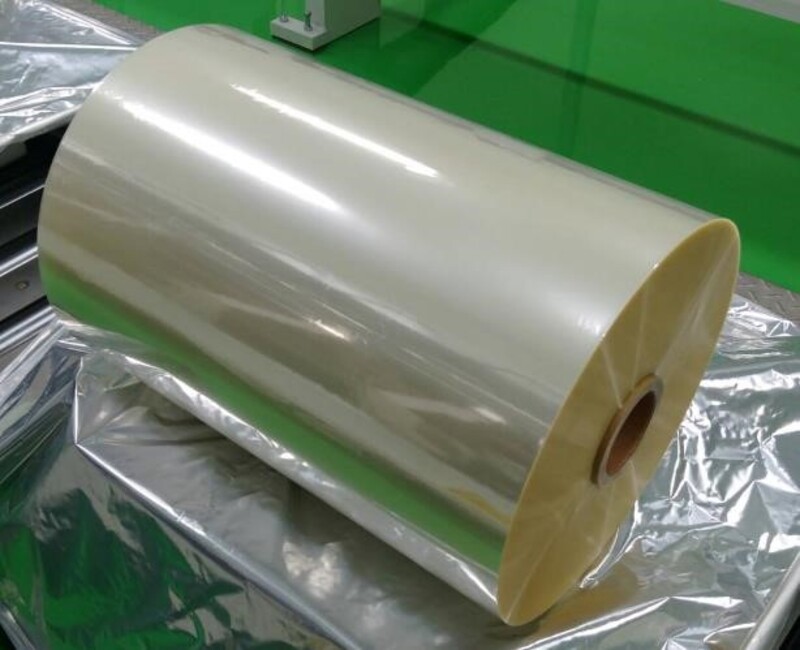
Key Roles of PA Ink Solvents
The right PA ink solvent plays several crucial roles in achieving high-quality prints on Nylon PA film:
- Viscosity Adjustment: The solvent helps regulate the ink’s viscosity, ensuring it spreads evenly and adheres well to the smooth surface of Nylon PA film without smudging after printing.
- Dissolving Ink Components: It creates an environment that dissolves colorants and other ingredients in the ink formulation, forming a homogenous ink mixture that results in prints with uniform color.
- Improving Print Quality: Thanks to its excellent compatibility with Nylon PA film, the solvent helps prevent ink smudging. The printed image maintains its clarity, sharpness, and detail, remaining durable during use and storage.
Top 6 Common PA Ink Solvents
Based on various sources and the characteristics of Nylon PA film, here are common solvents used in printing on Nylon PA film, particularly in techniques like rotogravure and flexography:
Ethyl Acetate (EA)
- Characteristics: An organic, colorless solvent with a mild fruity odor. It evaporates quickly and has good solvency for many resins and printing inks.
- Applications: Commonly used for flexographic and rotogravure inks on Nylon PA film.
- Advantages: Low toxicity, low cost, and produces sharp prints.
Isopropyl Alcohol (IPA)
- Characteristics: A polar solvent that mixes well with water and has a medium evaporation rate.
- Applications: Used in flexographic and screen printing inks on Nylon PA film, especially when combined with other solvents like Toluene or Ethyl Acetate.
- Advantages: Enhances adhesion and is suitable for water-based inks.

Xylene
- Characteristics: A colorless solvent that is insoluble in water, has a slower evaporation rate than Toluene, and possesses strong dissolving power.
- Applications: Suitable for screen printing inks and oil-based inks on Nylon PA film. It’s used when a durable and well-adhered ink layer is required.
- Note: It has high toxicity and requires careful handling.
Toluene
- Characteristics: An aromatic solvent that evaporates quickly and dissolves oil-based inks well.
- Applications: Commonly used in rotogravure printing and screen printing on Nylon PA film, especially when fast ink drying is needed.
- Note: It is highly flammable and toxic, requiring a good ventilation system.
Butyl Carbitol (BC)
- Characteristics: A neutral, colorless solvent with a slow evaporation rate, low viscosity, and is miscible with water and other organic solvents.
- Applications: Used for water-based printing inks on Nylon PA film. It enhances hydrophilicity and adhesion.
- Advantages: Low toxicity and is environmentally friendly.
Methyl Ethyl Ketone (MEK)
- Characteristics: A ketone-based solvent that evaporates quickly and has strong dissolving power.
- Applications: Used in inkjet printing and rotogravure printing on Nylon PA film, especially when high-speed printing is required.
- Note: It is highly flammable and needs careful storage.
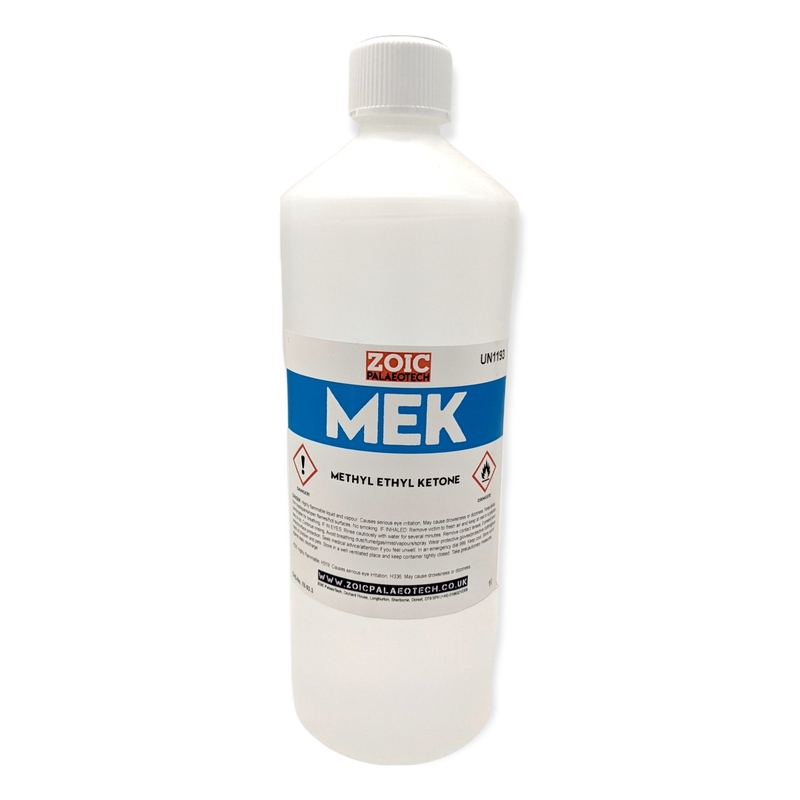
Guide to 3 Effective and Standard PA Ink Solvent Mixing Ratios
The solvent mixing ratio depends on the type of ink, printing technique, and the manufacturer’s specific requirements. Below are some common reference mixing ratios for Nylon PA film, based on available documentation:
General Ratio
As a general recommendation, the solvent ratio usually ranges from 5% to 15% of the ink volume, depending on the desired viscosity and the type of printing press. For example: 100 parts ink + 5-15 parts solvent.
Check Viscosity: Use a Ford cup or a viscometer to ensure the ink reaches the appropriate fluidity. If the ink is too thick, add solvent gradually (1-2% at a time) and stir well.
Note: Always refer to the instructions from both the ink and solvent manufacturers to ensure accurate ratios. Test on a small sample before mass printing to avoid waste.

Mixing Ratios for PA Ink in Rotogravure Printing
- Toluene 90% + IPA 10%: This blend is suitable for solvent-based inks, creating a durable, fast-drying ink layer.
- Ethyl Acetate 90% + Diacetone Alcohol (DAA) 10%: Used for food packaging, this mixture enhances gloss and sharpness.
Mixing Ratios for PA Ink in Flexographic Printing
- IPA 90% + Ethyl Acetate 10%: This combination improves the uniformity and fast-drying capability of flexographic inks.
- Ethyl Acetate 80% + Butyl Acetate 20%: Used for flexible packaging, this blend increases color fastness.
7 Important Tips for Proper Storage and Use of PA Ink Solvents
Using printing ink solvents requires adherence to safety measures to protect health and the environment, as many solvents are flammable, volatile, and toxic. Below are safety guidelines:
1 – Equip Personal Protective Equipment (PPE)
- Wear chemical-resistant gloves, a chemical vapor respirator, safety goggles, and long-sleeved clothing to avoid direct contact with the solvent.
- Use chemical-resistant footwear if working in an area with a risk of spills.
2 – Work in a Well-Ventilated Environment
- Use solvents in an area with a good ventilation system or under a fume hood to avoid inhaling harmful solvent vapors.
- Do not eat, drink, or smoke near the solvent storage area to prevent the risk of poisoning or fire/explosion.
3 – Handle Exposure Incidents
- If solvent splashes into eyes: Immediately rinse under clean running water for 15 minutes, then apply an eyewash solution and seek medical attention.
- If spilled on skin: Wash thoroughly with soap and clean water.
- If solvent vapors are inhaled: Move the victim to a well-ventilated area. If there are signs of difficulty breathing or unconsciousness, take them to the hospital immediately.
4 – Store Solvents
- Store solvents in tightly sealed containers in a dry, cool, well-ventilated place, away from heat sources or sparks (temperature below 50°C).
- Clearly label containers to avoid confusion.
- Do not leave solvents near children or in easily flammable areas.
5 – Waste Disposal
- Do not pour excess solvent into drains or the natural environment.
- Collect chemical waste in specialized containers and dispose of it according to hazardous waste regulations (recycling or incineration at licensed facilities).
- Tools that have come into contact with solvents should be cleaned with a specialized solvent before reuse.
6 – Comply with Manufacturer’s Regulations
- Read the user manual and Safety Data Sheet (SDS) of the solvent thoroughly before use.
- Only use the correct type of solvent and do not mix different solvents unless specifically instructed, as this can cause dangerous chemical reactions.
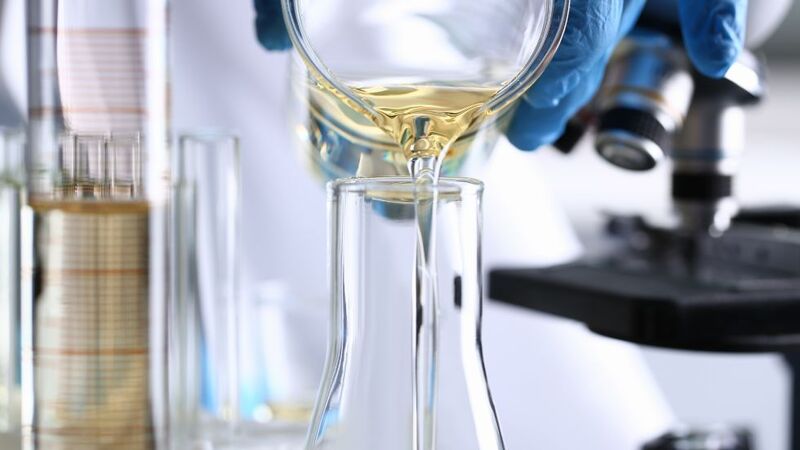
7 – Additional Considerations
- Check Compatibility: Ensure the solvent is compatible with both the ink and the Nylon PA film to prevent issues like clumping, color bleeding, or reduced adhesion.
- Solvent Toxicity: Be aware that some solvents, such as Xylene, Toluene, or MEK, can cause dizziness, nervous system depression, or lung damage with prolonged exposure. Limit exposure time and use full protective equipment.
- Pre-test: Always test the ink-solvent mixture on a small sample of Nylon PA film to check adhesion, drying time, and print quality before mass production.
Choosing the correct PA ink solvent, mixing it in appropriate ratios, and adhering to safety guidelines will significantly enhance the quality of printing on Nylon PA film. If you’re seeking high-quality and effective ink solvent solutions, contact K-Chem—a trusted provider specializing in custom-blended PE ink solvents. Businesses can leave their information or receive free consultation from our experienced team using the details below:
K-CHEM VIETNAM CO., LTD
- Address: N6B Road, Lot F, Phu Chanh 1 Industrial Cluster, Phu Chanh Ward, Tan Uyen City, Binh Duong Province, Vietnam
- Tel: +84 274 362 0218
- Email: info@k-chem.vn


